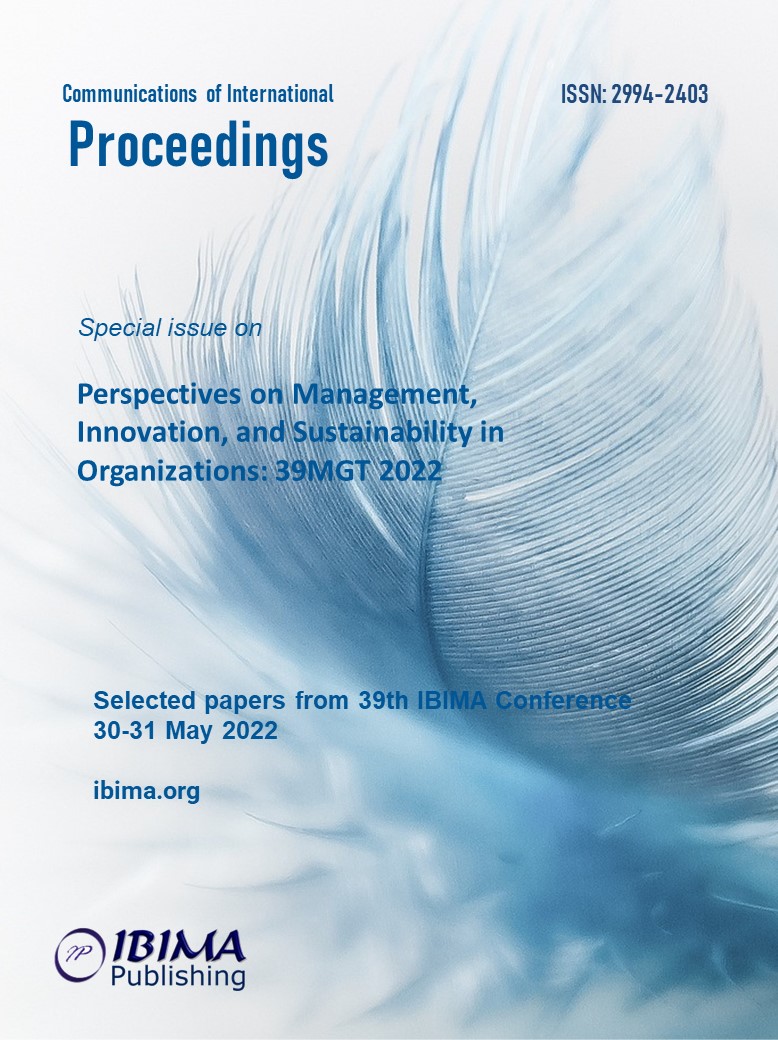
Kirathimo Muruga
RISEBA University of Applied Sciences, Riga, Latvia

The purpose of this study was to establish the health care practitioners’ perception of dual practice in Kenya.
Methodology: The current study adopted the descriptive method of study. The study targeted all health care practitioners from the Kenya Medical Practitioners and Dentists Council (KMPDC) doctors’ retention register. The selection was scientifically guided using Fishers’ formula (Fisher, 1956; Fisher, 1962). The data collected was primary and qualitative. The data were collected using a semi-structured interview guide. The collection involved issuing out the interviews via e-mails to the respondents and consistent follow-ups made. Qualitative data collected from the field was analyzed using content analysis which involved the identification of recurring themes, patterns, or concepts and then describing and interpreting those categories. The analysis was aided by the use of Excel 2021. Furthermore, the coded data was presented by the use of themes, frequencies, percentages, averages, or standard deviations, among others.
Results: The findings revealed that dual practice among Kenyan health care providers is prevalent. Many healthcare providers fear losing their public health jobs. As such they carry out dual practice secretly without their public health employers’ knowledge. It has likewise been concluded that holding private jobs alongside public jobs in the health sector is influenced by various internal factors such as organizational resources, Income Public healthcare effectiveness and working environment. However, the extent of the influence is strong with respect to organizational resources effectiveness of public healthcare and the working environment. Income is among the factors that have been regarded as a weak influencer compared to the organizational factors. The study, therefore, concludes that most Kenyan health care providers engage in dual practice due to the unwelcoming working environment and ineffective public health care facilities. It has also been noted that there is no legally binding contractual framework that optimizes the physician’s dual practice. The study thus concludes that the Kenyan legally framework is weak and thus the physicians have little faith in the existing framework since it is not legally binding.
Unique contributions to theory, practice, and policy: The study recommends that policymakers design legally binding contractual agreements within the policies that enable the health care practitioners to engage in the dual practice. This involves re-evaluation and re-shaping of the existing policy in the area of managing contracts for physicians in dual practice. Currently, it has been noted that the existing policy is weak, not standard and not uniform since the application is left to the individual hospitals. Given that the study found that health care providers are more concerned with internal organizational factors such as working environment as opposed to income, the study recommends the ministry of health to take improve the working environment of the public health care facilities. In addition, the MoH is recommended to ensure that the public health care facilities are in good working condition.